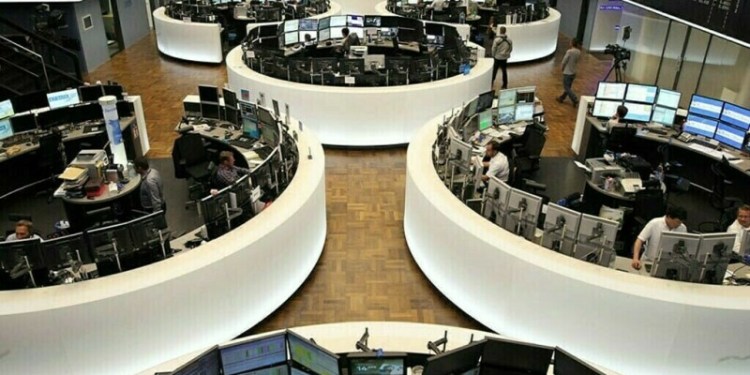The sharp uptick in Asian styrene monomer prices this month to above $1,000/mt CFR China has taken the market — which was expecting a more tempered and gradual buildup — by surprise.
The CFR China SM marker has jumped 8.5% from February 1 to be assessed at $1,031/mt Friday, rebounding quickly by 16.69% from its lowest so far this year of $883.50/mt CFR China on January 21, Platts data showed.
Last year, SM prices hit a high of $1,454.50/mt FOB Korea on May 15, 2015, up 54.24% from January 2, and posting the sharpest rise of all Asian aromatics markets in H1.
Asian SM has rebounded sharply on the back of supply tightness caused by turnarounds, the scrapping of a SM plant in Japan, active short-covering by traders and limited arbitrage cargoes from the US and Europe to Asia.
Market participants are however, divided in their opinions on whether the Asian SM market will see a similar price surge as it did in the first half of last year.
SIMILAR SIGNS SEEN IN H1 2016
A number of market participants expected to see another price jump in the first half of this year, due to similar signs seen in the market recently.
The Asian SM market is set to lose around 223,000 mt of production in H1 2016, in line with a loss of 223,620 mt in H1 2015, according to Platts calculations.
“There was a major turnaround season in South Korea last year and in Japan this year, whereas new SM plant startups in Asia are delayed,” a trader based in Seoul said.
Asahi Kasei’s 320,000 mt/year SM plant in Mizushima was scrapped in mid- February 2016, while Nihon Oxirane’s 425,000 mt/year propylene oxide/SM plant in Chiba was scrapped in May 2015, as Platts reported.
East China’s SM inventory was reported at 95,000 mt Friday, lower than 128,000 mt on February 27, 2015, Platts data showed.
Firmer US and European SM markets have further tightened SM supply to Asia, with weekly US February and March spot SM prices rising to a near five-month high of 41.75 cents/lb last Friday. Northwest European SM prices have also strengthened on upcoming turnaround season in the second quarter of 2016, to $959/mt FOB ARA Thursday, up $10/mt day on day.
Upstream, CFR Northeast Asia ethylene increased sharply by 12.36% from its lowest this year of $890/mt on February 2, to $1,000/mt Friday, largely on the back of supply tightness.
“Asian ethylene market is structurally tight and this supply tightness may continue throughout this year, and the new SM plant startups in China may be hampered by the expensive feedstock ethylene prices [which may support SM prices, without adding new capacity],” a Singapore-based trader said.
In H1 this year, China’s Xinri Chemical plans to start up a new 300,000 mt/year SM plant in eastern Jiangsu province in March-April. But many market participants doubt the plant would start up on schedule, and that even if it does, it will not run at full capacity because of high ethylene prices.
Xinri Chemical could not be reached for comment.
LOWER CRUDE PRICES, CONCERNS OVER CHINESE DEMAND
However, these bullish factors are being tempered by lower crude oil and benzene prices as well as slower Chinese economic growth, and hence, the price rally is unlikely to be sharp or sustained, market sources said.
Front-month ICE April Brent crude futures were assessed at $35.37/b at 0830 GMT Friday, while it was at $61.45/b on the same day last year, Platts data showed.
“Last year, crude was on an uptrend in H1, but not this year. The sudden SM price increase triggered profit-taking by most players [with long positions which may limit further increase in prices],” a market source said.
China’s Caixin PMI was recorded at 48.4 for January, which was lower than 49.8 for January 2015.
Lower downstream market prices indicate weaker demand for SM market this year as well.
Platts monthly average CFR China ABS was assessed at $1,157.50/mt in January, lower than last year’s $1,510/mt and monthly average FOB Northeast Asia EPS flame retardant grade was assessed at $1,135.25/mt, lower than previous year’s $1,272.50/mt.
“There may be some rebound [in SM market this year], but not [like] the uptick in prices seen in 2015, a trader in China said.
Another trader in Japan said, “SM market looks overheated after Lunar New Year. Actual demand is not so strong but some traders anticipate the revival of the last year.”


























